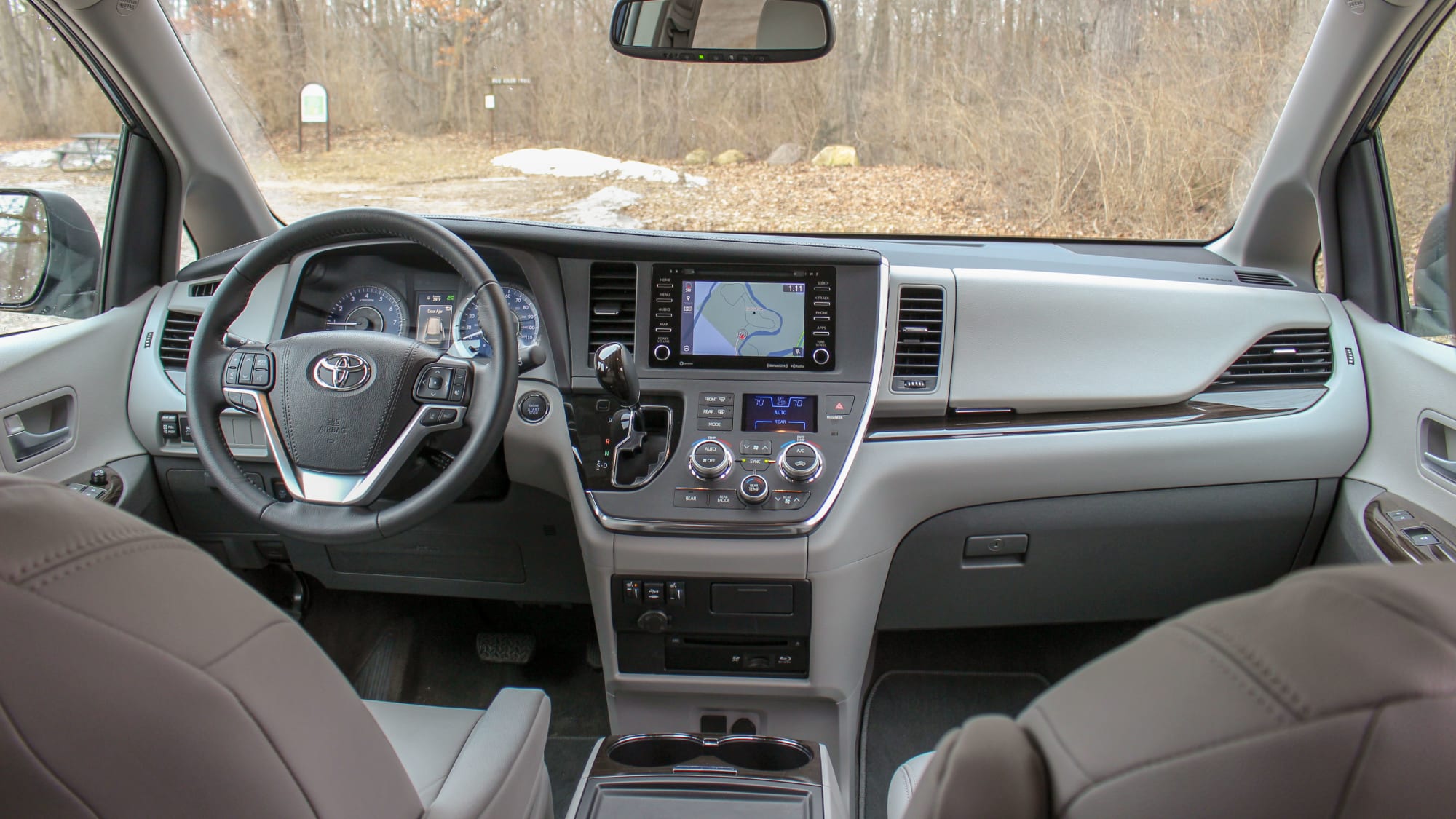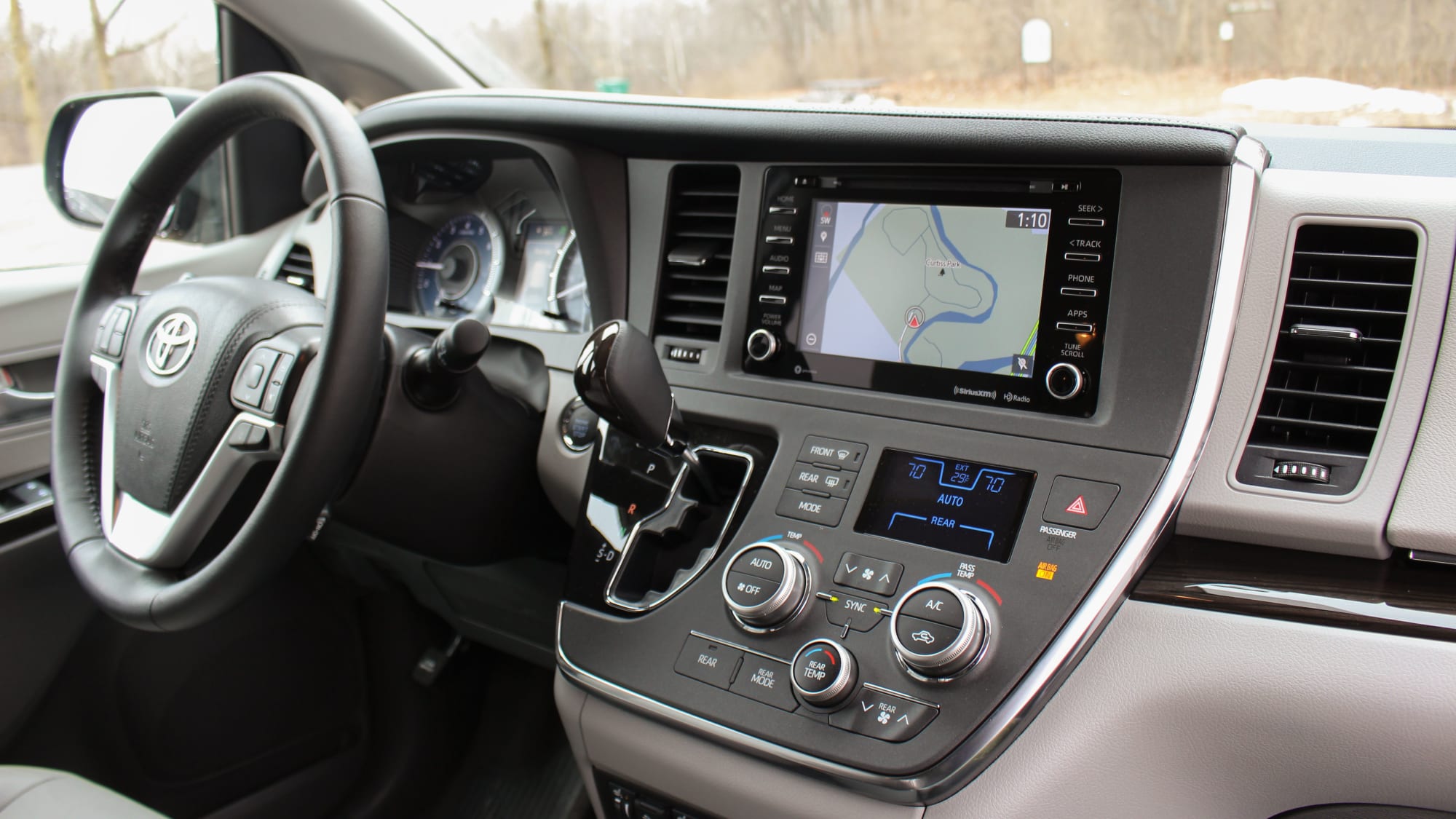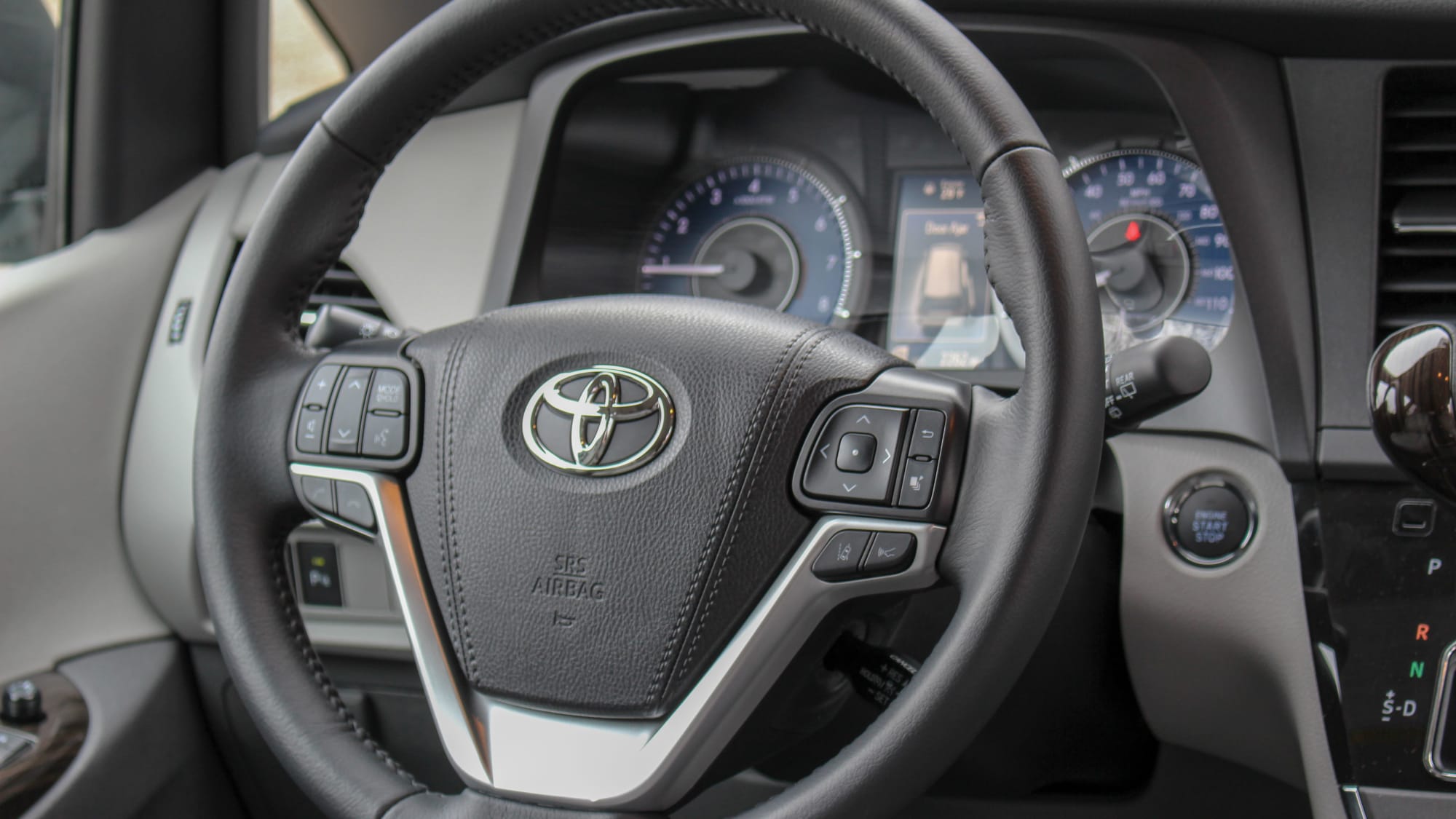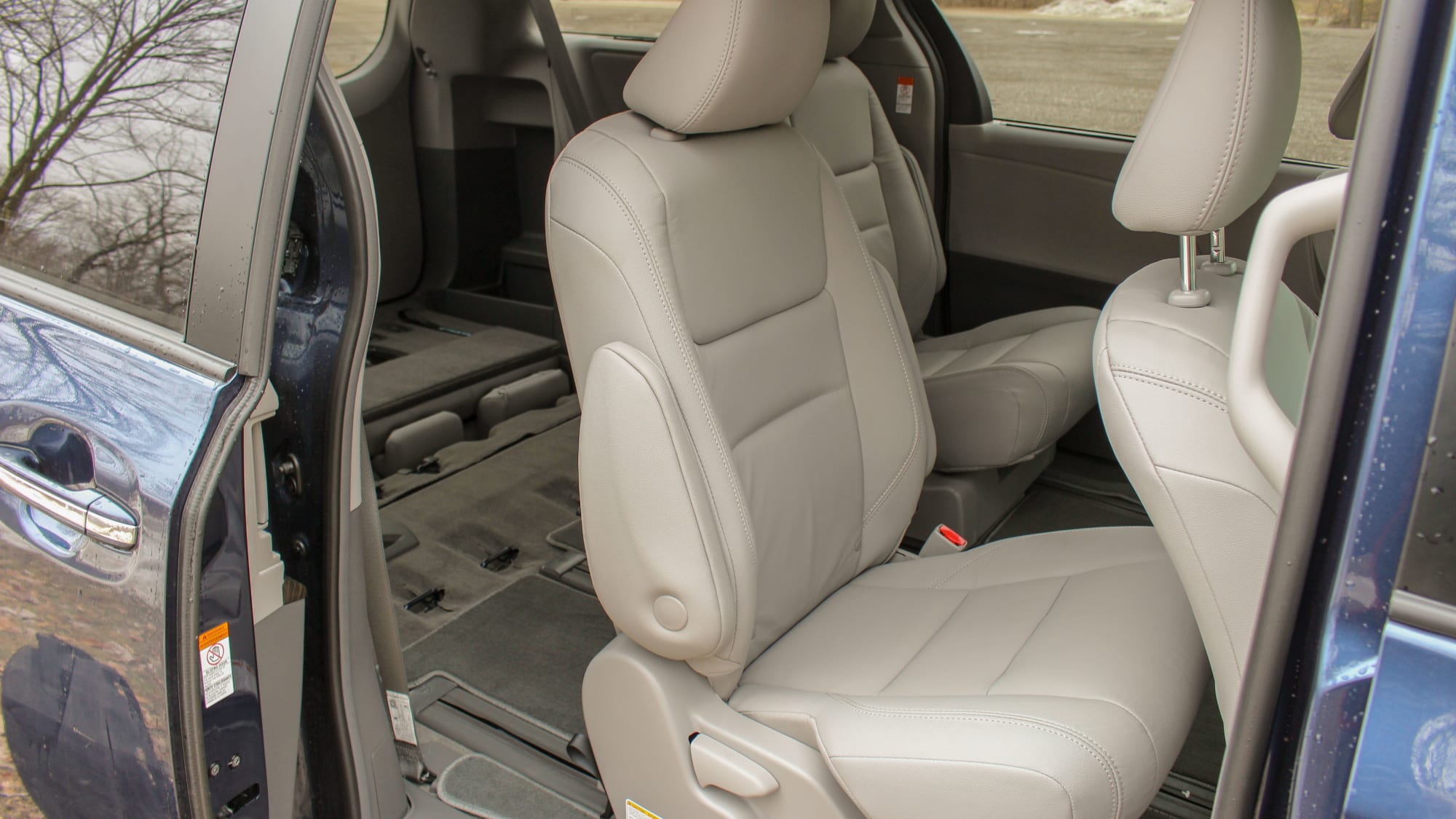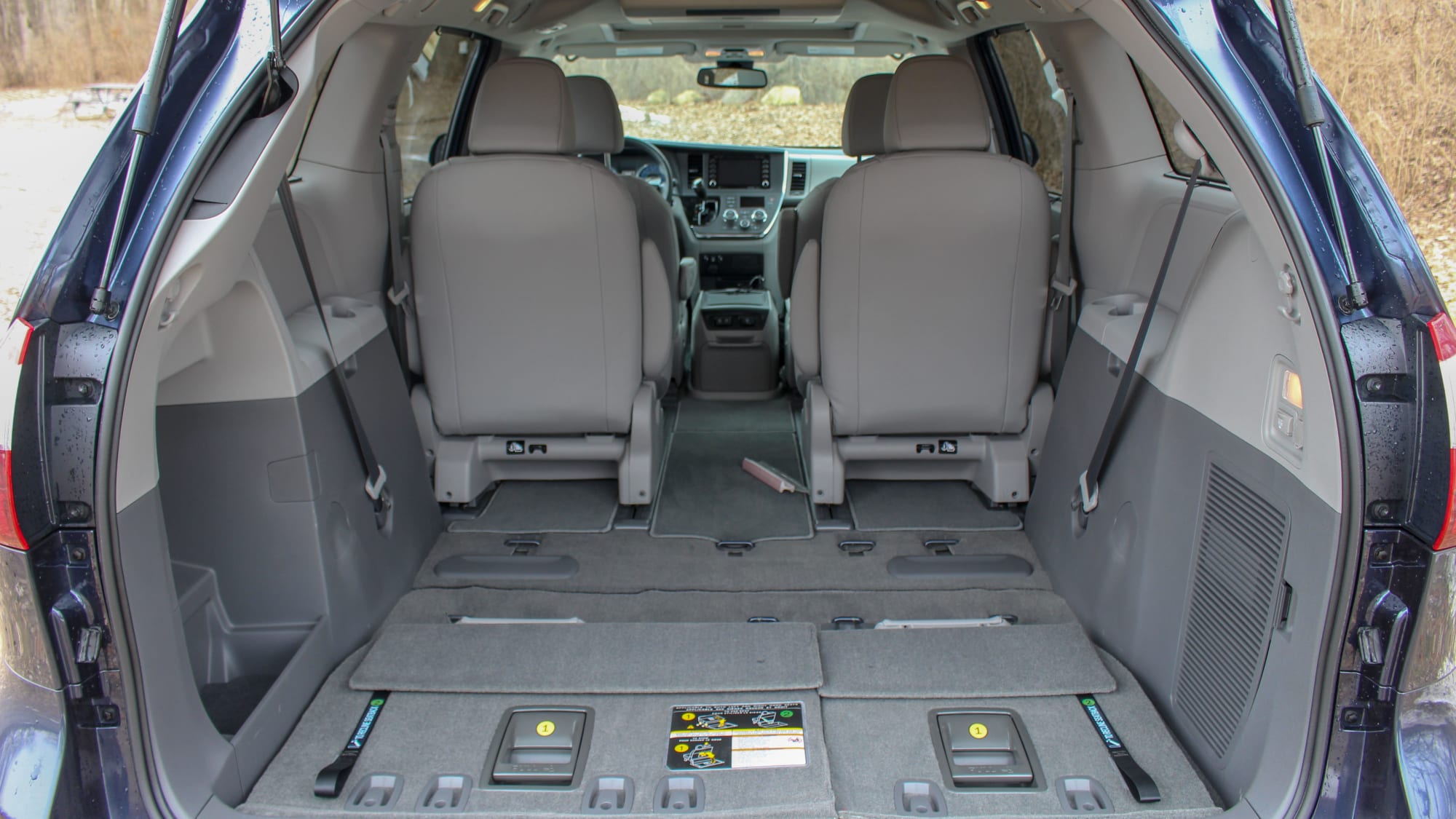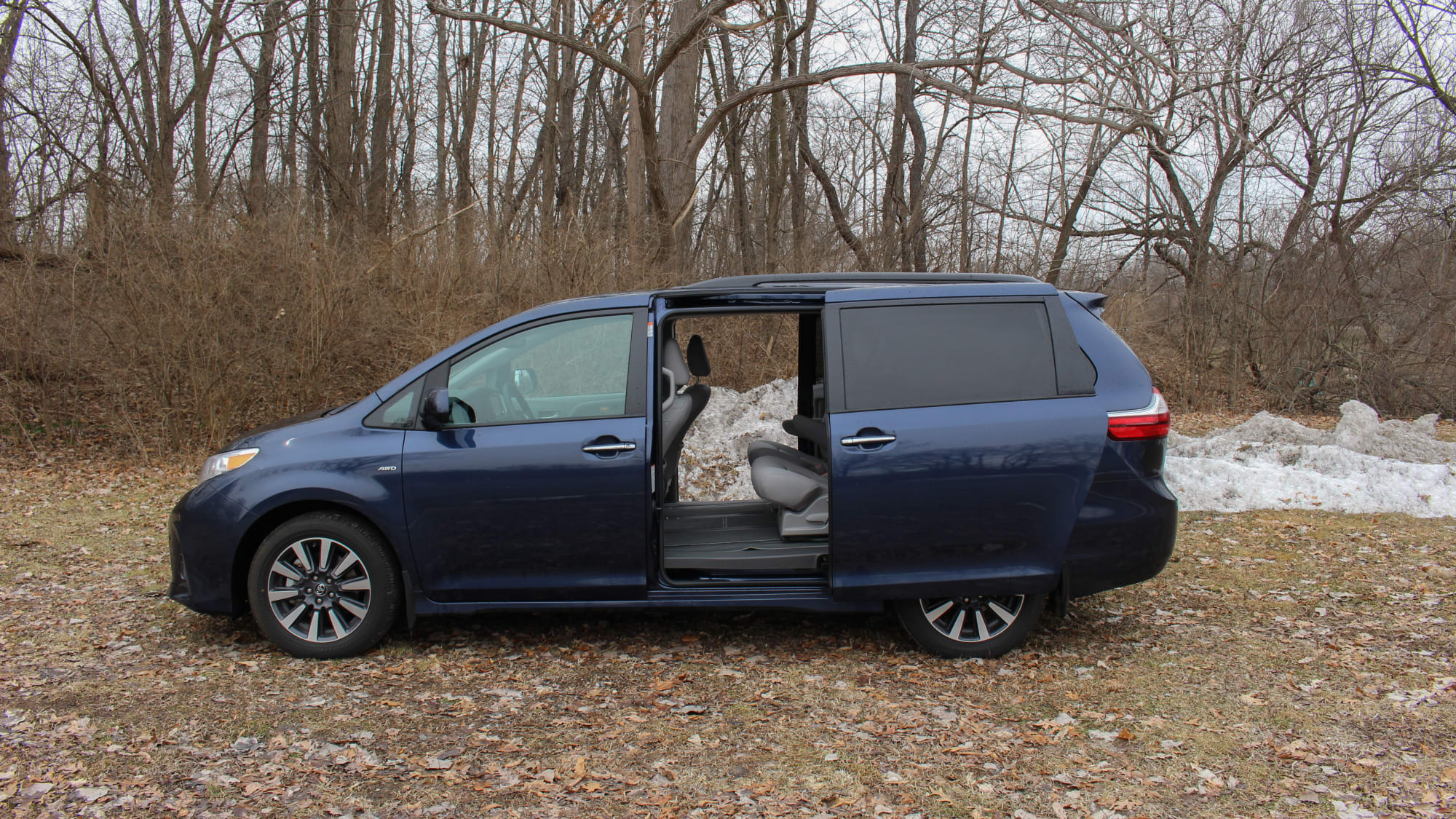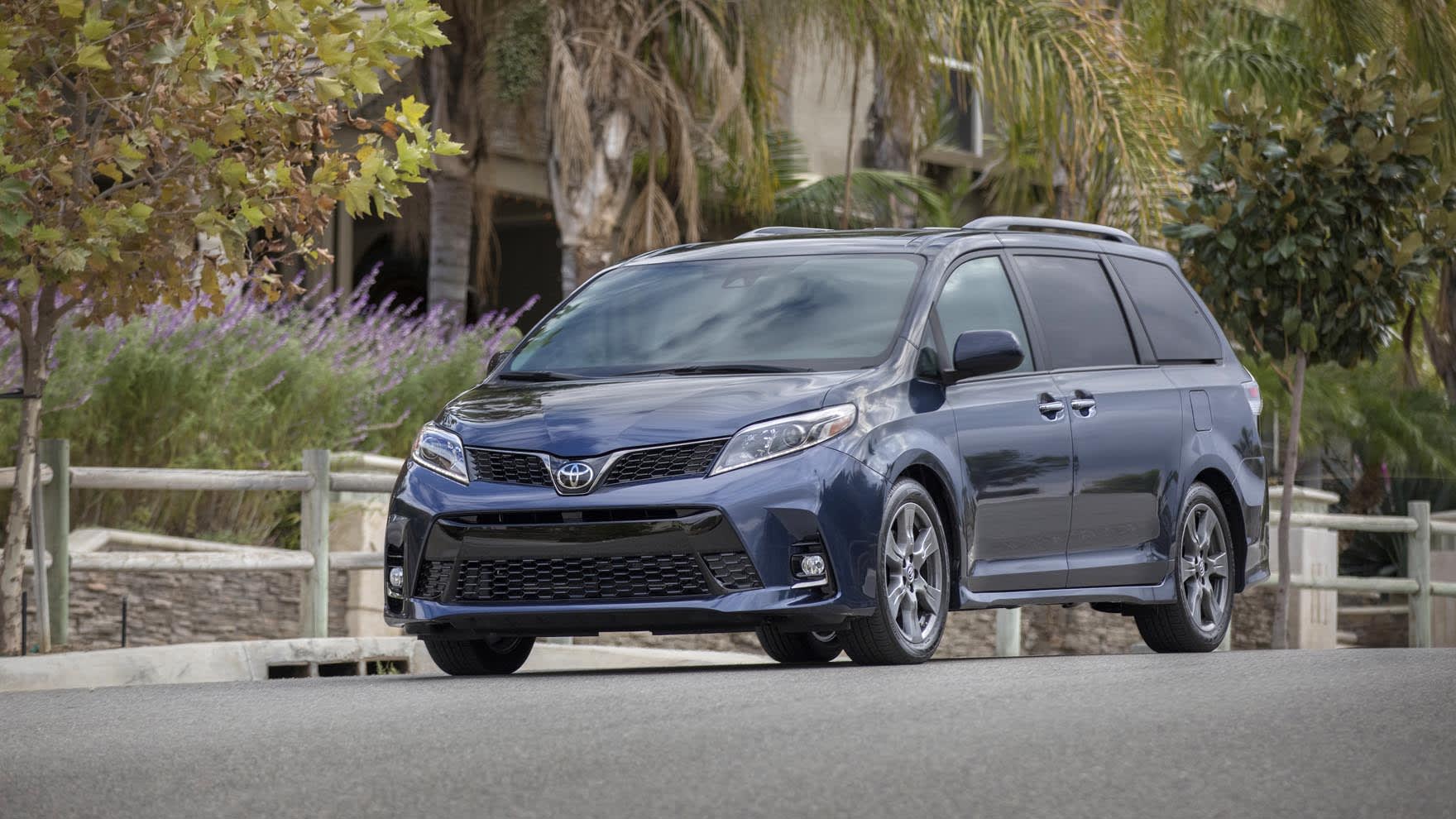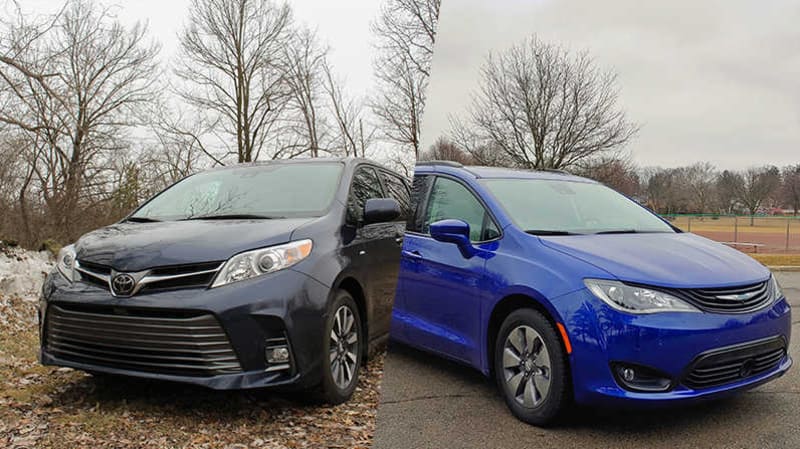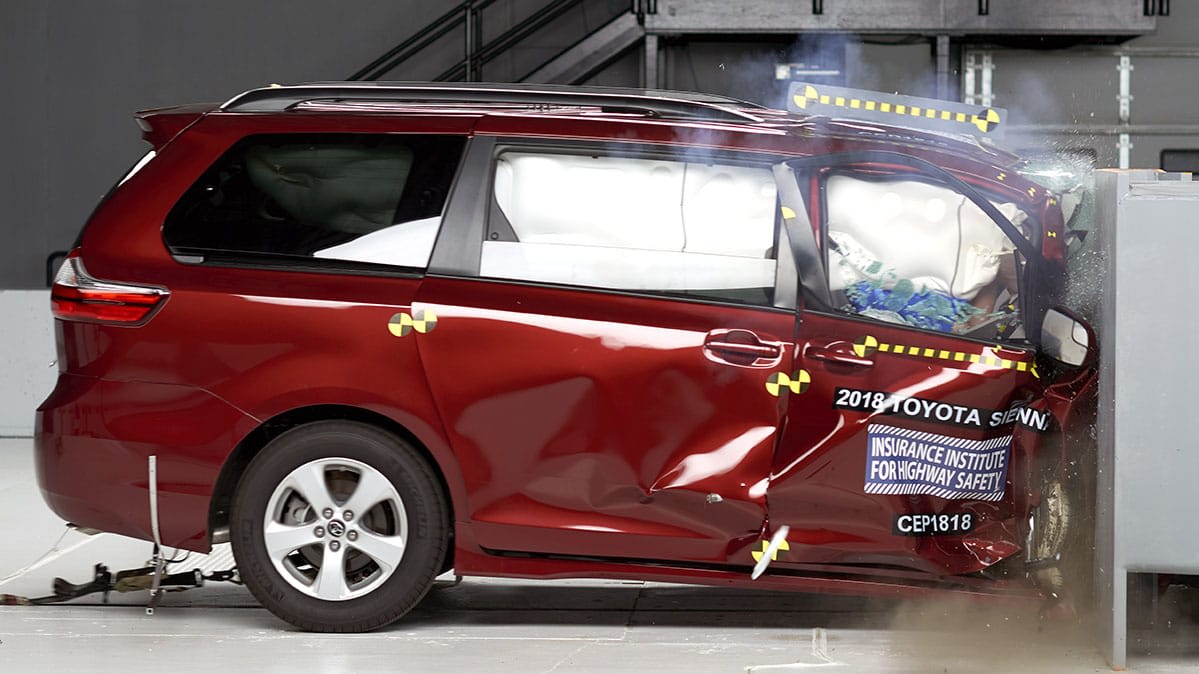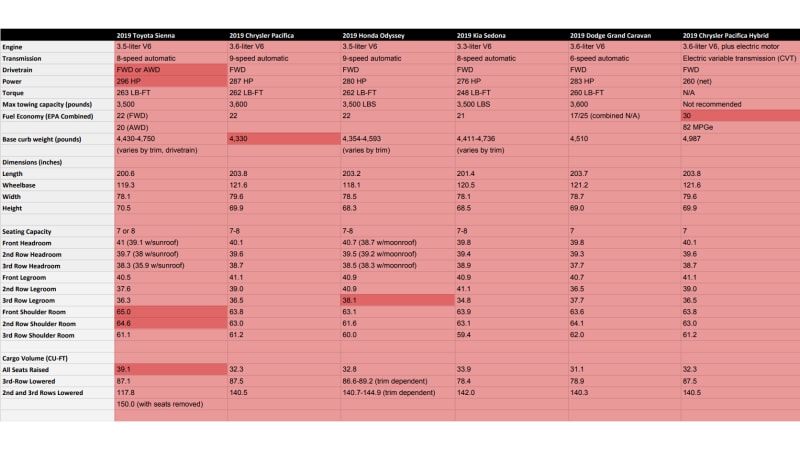Audi Repair Shop Doylestown
Call 267 279 9477 to schedule a appointment
We sure hope
is cooking something special up for its next-generation
, because it’s certainly been a long wait. While most cars and minivans go six years between generation, the
represents year nine since it was completely redesigned. Sure, there was a significant overhaul a few years ago and constant updating (including some for this year), but the competition has been completely redone, and it makes a difference. The
and
are more refined, more advanced technologically and have better safety ratings. Even the
, which is no spring chicken itself, is fresher in certain respects.
Now, despite being long in the tooth, the 2020
still provides plenty of distinctive elements that keep it relevant. Its second-row seat slides further than most, providing exceptional comfort for adults and teenagers. Its unique all-wheel drive option. Its SE trim level that is arguably the most engaging minivan to drive. In other words, don’t write it off completely, but make sure to shop around.
What’s new with Sienna for 2020?
The SE and SE Premium trim levels can now be equipped with the Nightshade Edition package ($700), pictured above. Following an industry trend, it replaces all the exterior bright work with black trim. It’s undeniably the coolest-looking Sienna.
What’s Sienna’s interior and in-car technology like?
The Sienna is a wide van from the outside, and it features a wide, expansive dash on the inside. There are a lot of hard plastics all around, but many of those get replaced with wood and soft touch materials as you climb the trim ladder. It looks old for the most part, because the Sienna really is an old van. None of the fancy swoops and shapes from newer Toyota interiors have made it into the Sienna, and that makes it feel dated. This is only amplified by the modern
,
and even Kia Sedona interiors that we prefer over this one.
Utility for all of your passengers is about average for the segment. You get 10 cupholders with the seven-seat van and 12 with the eight-seater. Then five USB ports are made available, with at least one in every row. Some of the functionality suffers from the messy design of the center stack, such as the heated seat scroll wheels being tucked down away from view while a gaggle of buttons that all look the same sit out in the open.
Toyota’s infotainment system is a mess of a dinosaur-like interface. Thankfully Apple CarPlay is standard, but Android Auto isn’t, and all the other system’s functions are problematic. The user interface’s skin, design and menus all feel like they’re more than a few steps behind the competition. Everything works, it just discourages actual use by generally being slow, unresponsive and displeasing to operate. If technology and infotainment are important parts of your buying decision, know that the Toyota is at the back of the pack in this respect.
How big is the Sienna?
The Sienna is about the same length as all the other
. There isn’t much differentiation here, as they all hover just above 200 inches. You sit in a commanding position, looking down on the dash and over the small front overhang. Behind you is an expansive space, with seating for either seven or eight in total. The second row can be adjusted via slides that can free up space in the third row, or bring the second row into limousine territory. With everything set in its normal position, the Sienna actually has less legroom but more shoulder room than its competitors.
Toyota is able to get respectable cargo volume out of the Sienna still, with more space than anyone else when all three rows are upright. Maximum volume from the Sienna tallies up to 150 cu-ft, but you’re able to get a few more cubes out of other vans when setup in full cargo attack (i.e. seats removed/stowed away). The Sienna doesn’t compromise the shape of the cargo area for any fancy exterior designs, offering up the maximum amount of space from the van’s footprint. Toyota offers a catalog of cargo solutions like nets, totes and even roof racks to help you organize your packing.
In terms of seating, Toyota offers a fold-flat third row like every other minivan. The second-row captain’s chairs slide much further than those of the Pacifica and Odyssey, allowing you to slide them far forward for added cargo space or far rearward to create limo-like legroom. While they don’t fold away into the floor like the Pacifica’s, we think they are ultimately more comfortable. The removable segment between them that creates the Sienna’s eight-passenger capacity isn’t as comfortable as the Odyssey’s full middle seat.
What’s Sienna’s performance and fuel economy?
Toyota offers one engine and transmission with the Sienna. The 3.5-liter V6 is mated to an eight-speed automatic transmission, and power is routed to either the front wheels or an available all-wheel-drive system. It makes 296 horsepower and 263 pound-feet of torque. This makes it the most powerful minivan, but only barely. The Sienna feels sprightly when driving totally unloaded, but never fast. Its eight-speed transmission helps keep revs low on the highway, but it is slow to shift.
Fuel economy is competitive with others in the segment, rated at 19 mpg city, 26 mpg highway and 21 mpg combined for front-drive models. All-wheel drive Siennas are rated 18/24/20 mpg, which actually isn’t that bad of a drop off. We drove a 2019 model with all-wheel drive and returned 23 mpg on a long highway haul, just under the
rating.
What’s the Sienna like to drive?
It depends on the trim level you choose. The Sienna XLE AWD we tested, and indeed most trim levels, feel heavy in every situation — ponderous and slow to change speed or direction. Imagine piling an extra 1,000 pounds into an old full-size sedan, and that’s pretty much how an empty Sienna drives. This is exacerbated by the throttle calibration introduced when the current V6 engine and eight-speed automatic were introduced for 2017. The intent is to dull the effect of accidental throttle stabs when going over bumps and eek out an iota more
. However, other vans don’t seem to see the need for this, and the result is that the Sienna moves with all the alacrity of a sullen bison. Prod it enough and it suddenly drops a few gears and lopes off. It’s quite simply maddening.
On the other hand, there’s the SE trim level that has a more composed suspension, sharper steering and just plain normal throttle response. The SE is actually one of the better minivans to drive, and although it’s not what we’d call sporty, it’s also not uncomfortable. We’d wager the next-generation Sienna will drive a lot more like the SE than other trim levels. Still, no Sienna is as refined as newer vans. There’s a bit more vibration and noise.
Toyota’s V6 engine isn’t an inspiring mill, but it gets the job done without ever feeling meek or underpowered (throttle response aside). It needs this force to tow up to a 3,500-pound trailer, plenty for whatever adventure gear doesn’t fit inside or on top of the van.
What more can I read about the Toyota Sienna?
Of all the reasons to choose a Sienna over the much newer competition, available all-wheel drive has to be the main one. My tester was so equipped, and I got a chance to test it out in both snow and ice.
What features are available and what’s the 2020 Sienna’s price?
The 2020 Toyota Sienna starts at $32,510 for the base L trim, including a $1,095 destination charge. Features include halogen headlights with automatic brights, 17-inch alloy wheels, keyless entry, three-zone automatic climate control, cloth seats, 7-inch infotainment screen with Entune 3.0 and a 4.2-inch TFT display in the instrument cluster. Move up to the $35,330 LE and you get heated outside mirrors, power sliding doors, eight-way power driver’s seat, eight-passenger seating, auto-dimming rearview mirror, overhead console controls for lights and doors and five USB ports. All-wheel drive becomes available as an option with the LE, but it is not on the L. The exact price varies minutely via trim level, but all-wheel drive is an approximately $2,000 add-on for any Sienna.
Toyota produces the $38,660 SE for the minivan buyer who wants something sportier and more engaging. It has a slightly different suspension setup along with a different power steering setup. The SE also adds LED DRLs, foglights, LED taillights, painted front and rear underbody spoilers and rocker panels, sport mesh front grille, power liftgate, optional moonroof, 19-inch gunmetal gray wheels, leather seats and steering wheel and a sport instrument panel. The SE Premium costs $44,755 and adds niceties like the 16.4-inch rear entertainment display and navigation. The new Nightshade Edition adds $700 to either SE version and adds blacked out trim and wheels to the exterior.
Alternatively, if you’d rather avoid the sporty route, the XLE costs the same $38,660. It comes instead with different 17-inch wheels, leather seats, leather steering wheel, wood-grain style accents, illuminated storage compartments/cupholders, overhead console with side door controls and dome lights, windows with auto up/down function, and push-button start with remote illuminated entry. Adding the “Premium” grade on top of the XLE adds the same equipment as it did in the SE trim.
The luxurious Limited trim that starts at a whopping $45,405, far more expensive than anything below it. This features LED DRLs, a dual moonroof, 18-inch alloy wheels, premium leather seats (upgraded leather), leatherette third row, heated leather steering wheel, cargo management system and navigation with Clari-Fi audio. Stepping up to the Limited Premium for $48,925 nets you HID headlights, rain-sensing wipers, the 16.4-inch rear entertainment system and a 360-degree camera.
You can see a complete breakdown of
specs, features and local pricing for the Sienna here on Autoblog.
What’s Sienna’s safety equipment and crash ratings?
Toyota makes its Toyota Safety Sense-P system standard across the Sienna line, meaning everyone can take advantage of the safety features it includes. This means it has forward collision warning with pedestrian detection, lane departure warning and lane-keeping assist (which we’ve found works well without being too intrusive). On higher trims you get other features like front and rear parking assist sonar, blind-spot monitoring and rear cross-traffic detection.
The Sienna gets an overall five-star crash rating from
, but was not named a Top Safety Pick by the
Insurance Institute for Highway Safety
. It received “Good” crash rating from the
in the moderate overlap-front, side and roof strength tests, but it received an “Acceptable” rating (two of four) in the small overlap driver-front test and a “Marginal” rating (three of four) for the small overlap passenger-front test. This is the result of the Sienna being engineered before these tests existed, and one of the main downsides of going so long without a full redesign.
Which other minivans should you consider?
: Attractive and packed with innovative features, we strongly recommend checking out the Pacifica. It’s also available as a
.
: The Sienna’s long-time nemesis, the Odyssey is much newer than the Sienna and as such features a variety of appealing advancements.
: Though nowhere near as popular as the others, you’d be wise to consider the attractive and value-packed
.
You can see how the Sienna’s specs compares to them in the below chart.
from Autoblog http://bit.ly/2IcuIlP
